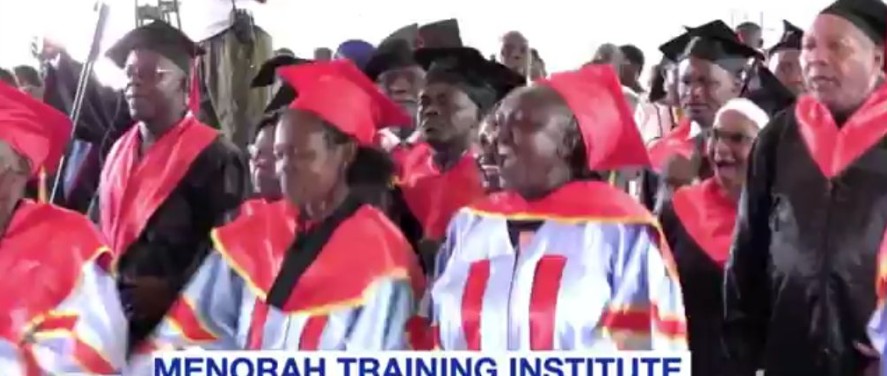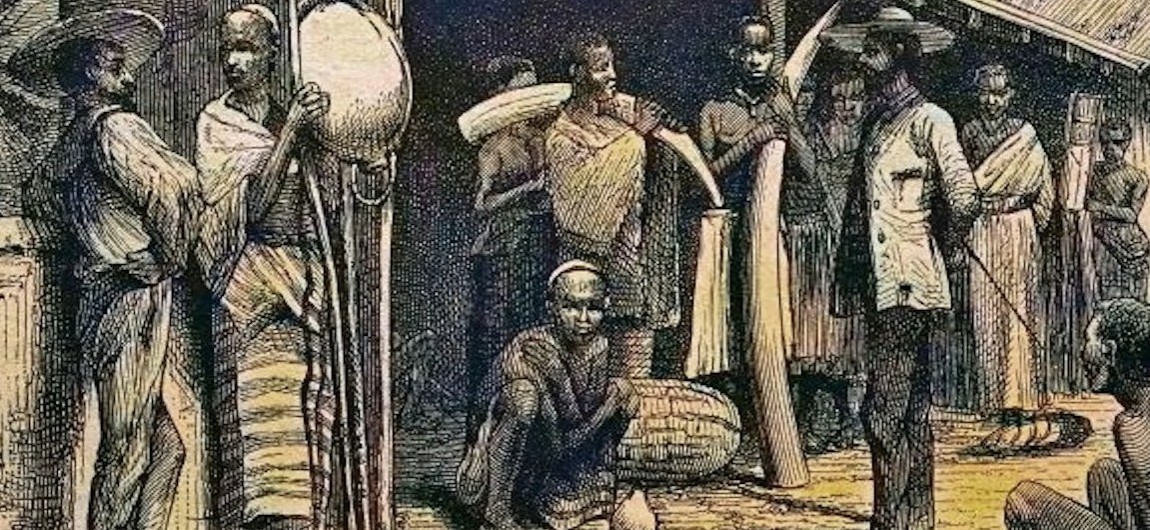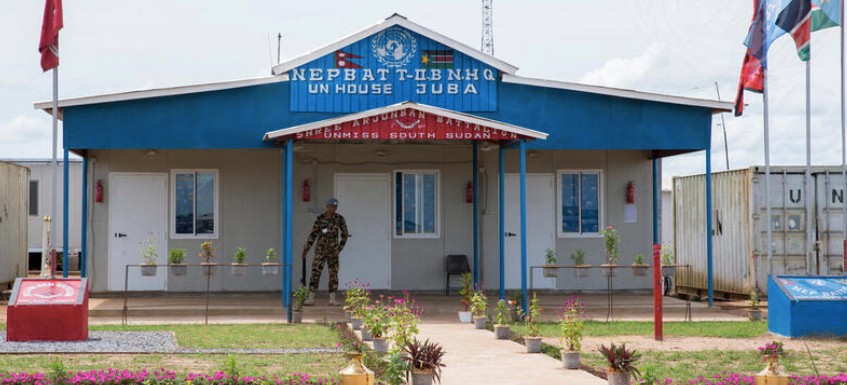Kenya launches second phase of National Wildlife Census in Northern Region
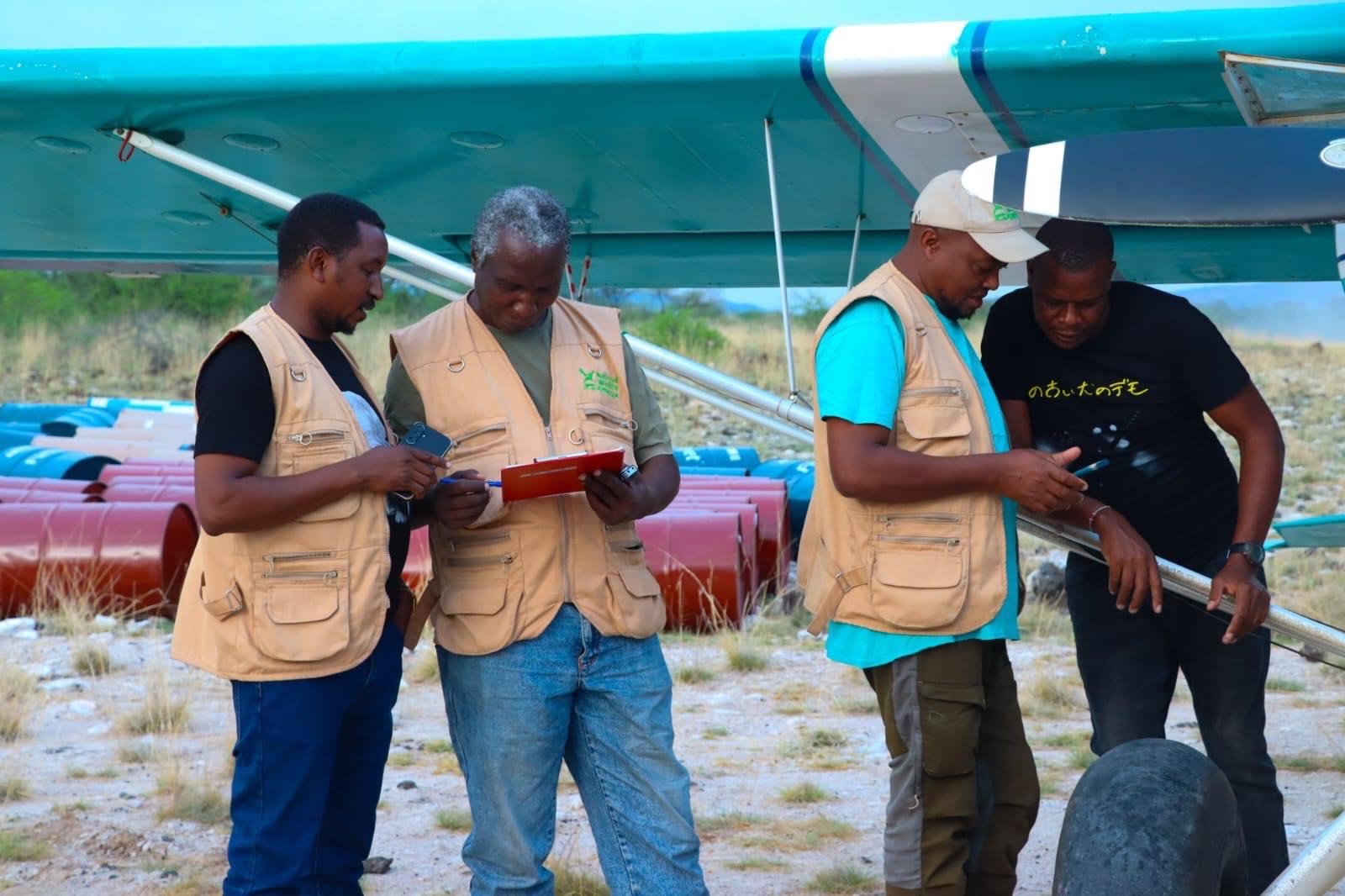
The institute stated that the landscape is vital as it hosts the second-largest population of elephants after the Tsavo ecosystem and supports the country’s diverse wildlife populations and their habitats.
The second phase of the National Wildlife Census (2024–2025) officially commenced on Tuesday in the Northern Kenya region.
The region, spanning 65,000 square kilometres, is regarded as having the second-largest elephant ecosystem within a landscape that traverses six counties.
More To Read
- Government targets Kenyan travellers in Jamhuri Week drive to revive tourism sector
- Kenya, Uganda launch joint tourism drive to attract 1.4 million African visitors
- Ganze residents in Kilifi live in fear as elephant attacks escalate
- CS Miano outlines strategy to revive, diversify Kenya’s tourism sector
- Kenya earned Sh452 billion in 2024 from surge in international tourists, says CS Miano
- Ebony and ivory: Why elephants and forests rise and fall together in the Congo Basin
According to the Wildlife Research and Training Institute Kenya, the exercise, which began in the Laikipia–Isiolo–Samburu–Meru–Marsabit landscape, was successfully carried out on day one by a team of observers, data analysts, and data crew, covering approximately 4,000 square kilometres.
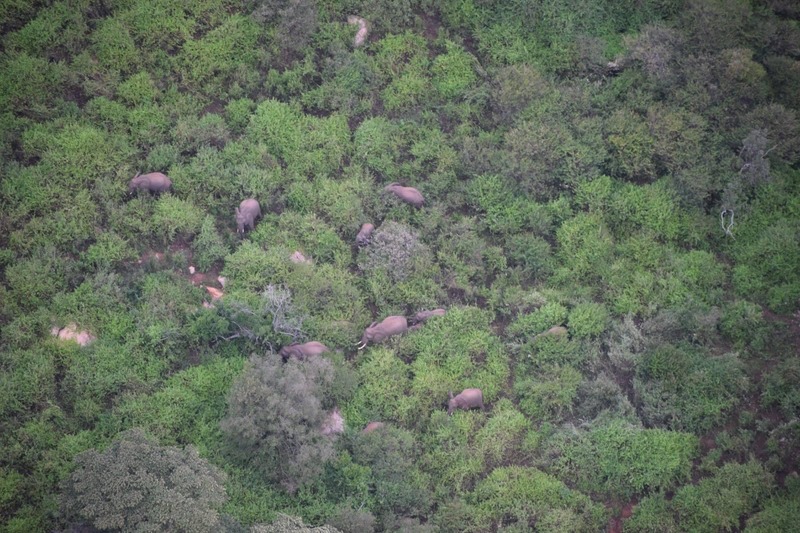 The region, spanning 65,000 square kilometres, is regarded as having the second-largest elephant ecosystem. (Issa Hussein)
The region, spanning 65,000 square kilometres, is regarded as having the second-largest elephant ecosystem. (Issa Hussein)
The institute stated that the landscape is vital as it hosts the second-largest population of elephants after the Tsavo ecosystem and supports the country’s diverse wildlife populations and their habitats.
“To ensure comprehensive coverage, the area has been divided into 115 blocks, each systematically assessed using aerial transects spaced one kilometre apart,” read a statement by the Wildlife Research and Training Institute Kenya, which is undertaking the exercise jointly with the Kenya Wildlife Service.
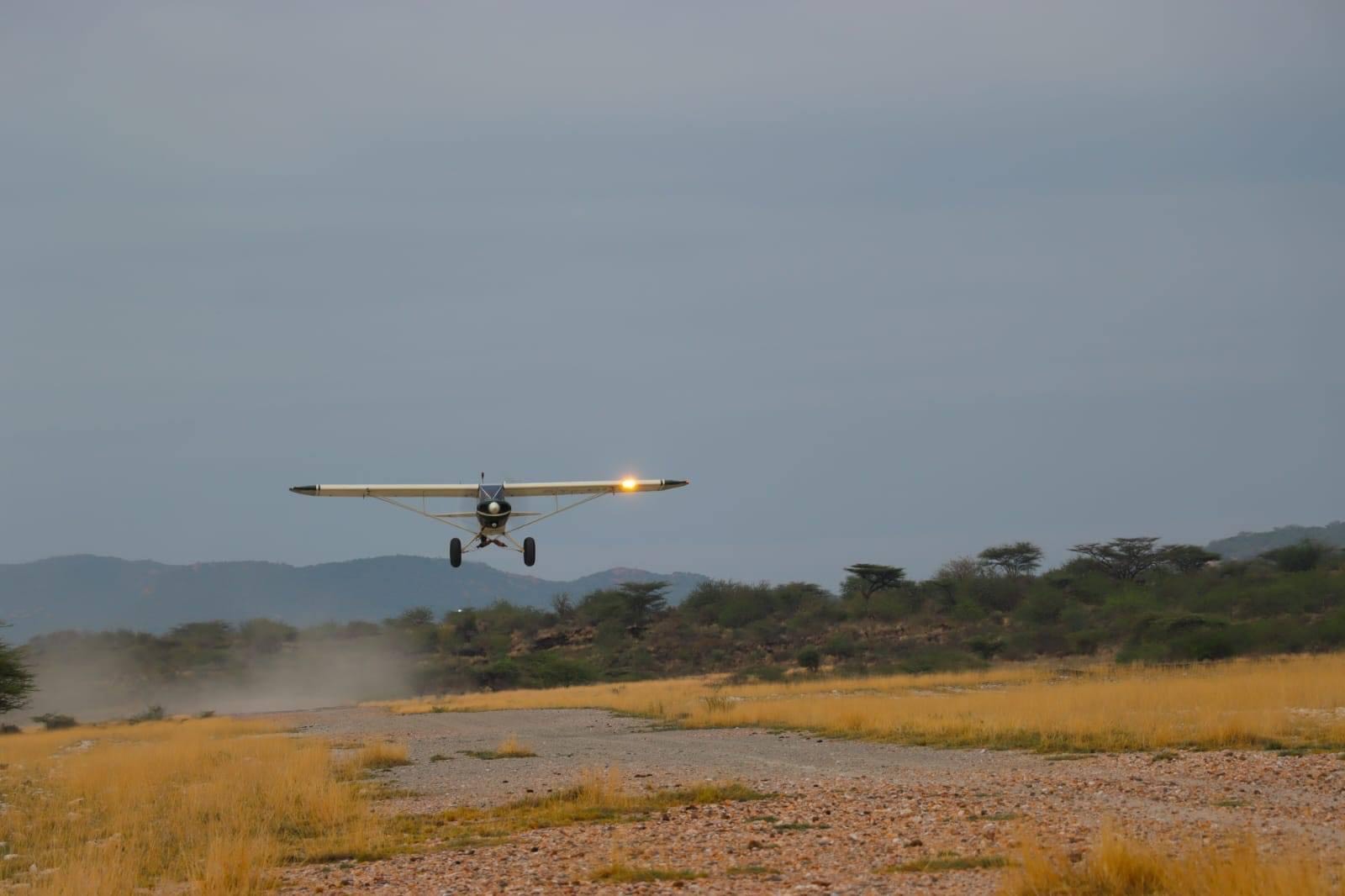 An aircraft deployed for the exercise. (Issa Hussein)
An aircraft deployed for the exercise. (Issa Hussein)
The team employed two-seater aircraft and helicopters flying at an average altitude of 309 feet and a speed of 180 kilometres per hour.
“Each aircraft is tasked with covering up to 600 square kilometres and completing one block per day, operating for five hours daily,” the institute said.
The second phase of the National Wildlife Census was launched on Monday by Rebecca Miano, the Cabinet Secretary for the Ministry of Tourism and Wildlife, at Isiolo County.
 Cabinet Secretary for the Ministry of Tourism and Wildlife Rebecca Miano. (Issa Hussein)
Cabinet Secretary for the Ministry of Tourism and Wildlife Rebecca Miano. (Issa Hussein)
Speaking during the launch, she said the exercise, spearheaded by the Wildlife Research and Training Institute Kenya, the Kenya Wildlife Service, and other partners, marked an important milestone in Kenya’s commitment to collecting scientific data. This data will provide insights aimed at understanding, conserving, and wisely managing the country’s precious wildlife resources.
She emphasised the unique importance of the Laikipia–Isiolo–Samburu–Meru–Marsabit landscape, which she described as critical to the second phase of the census.
“The region is home to diverse ecosystems, including montane forests, savannahs, and semi-arid zones, as well as a rich cultural heritage.
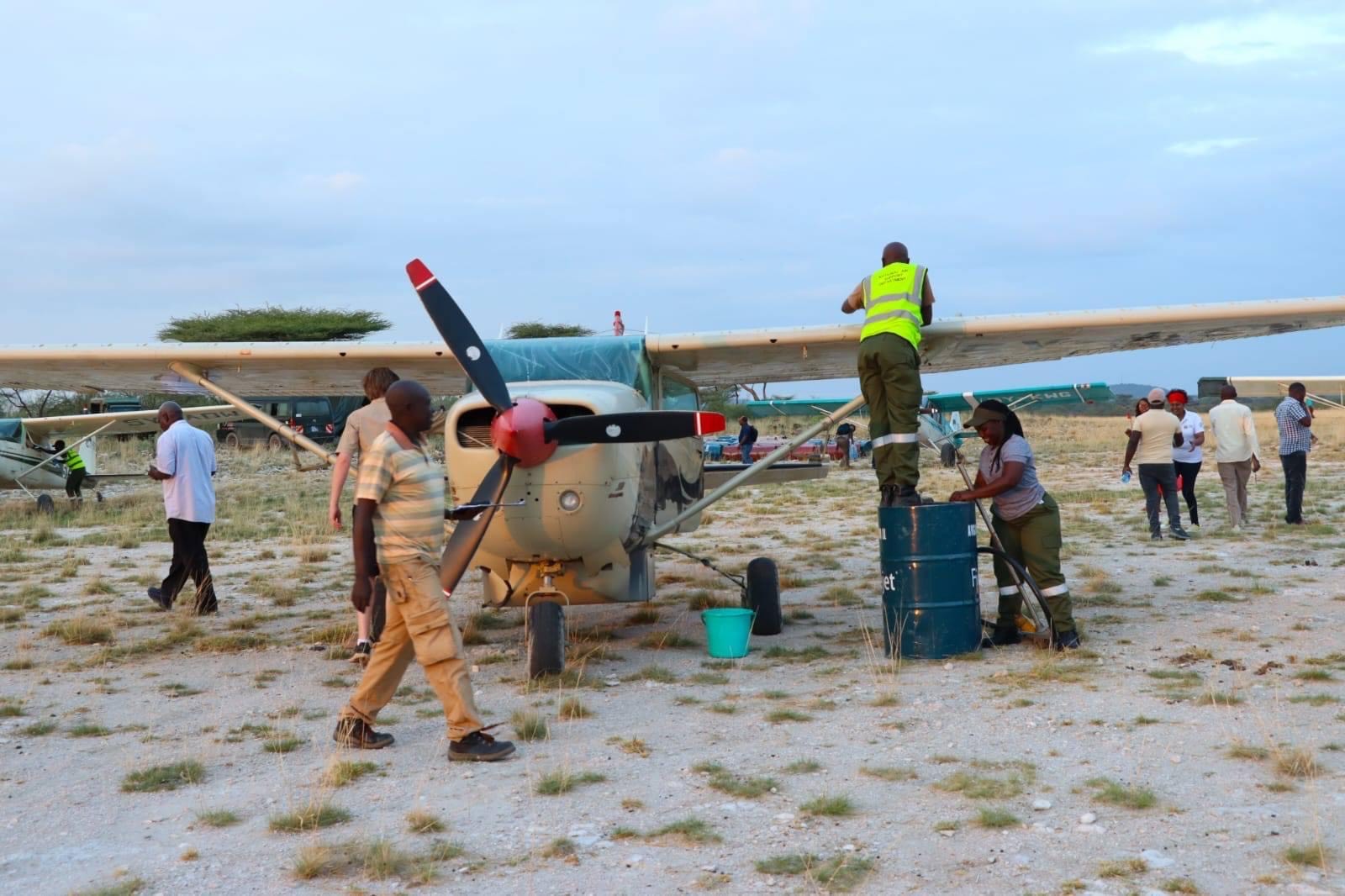 A section of the team that will conduct the exercise. (Issa Hussein)
A section of the team that will conduct the exercise. (Issa Hussein)
The local communities in the area have long coexisted harmoniously with wildlife, offering globally recognised indigenous knowledge and practices,” she said.
The Cabinet Secretary also highlighted challenges such as global climate change (drought in 2022 and floods in 2023), the spread of invasive alien species, and the risks of infectious zoonotic diseases. These factors, she noted, require frequent monitoring as they are contributing to a decline in wildlife populations.
Top Stories Today
